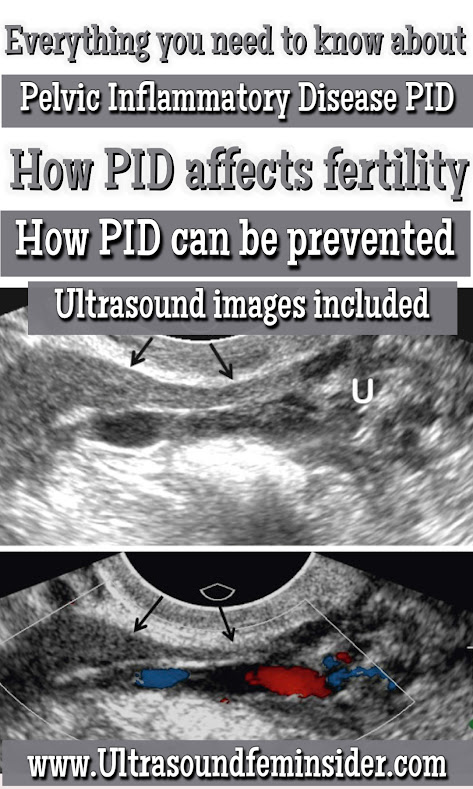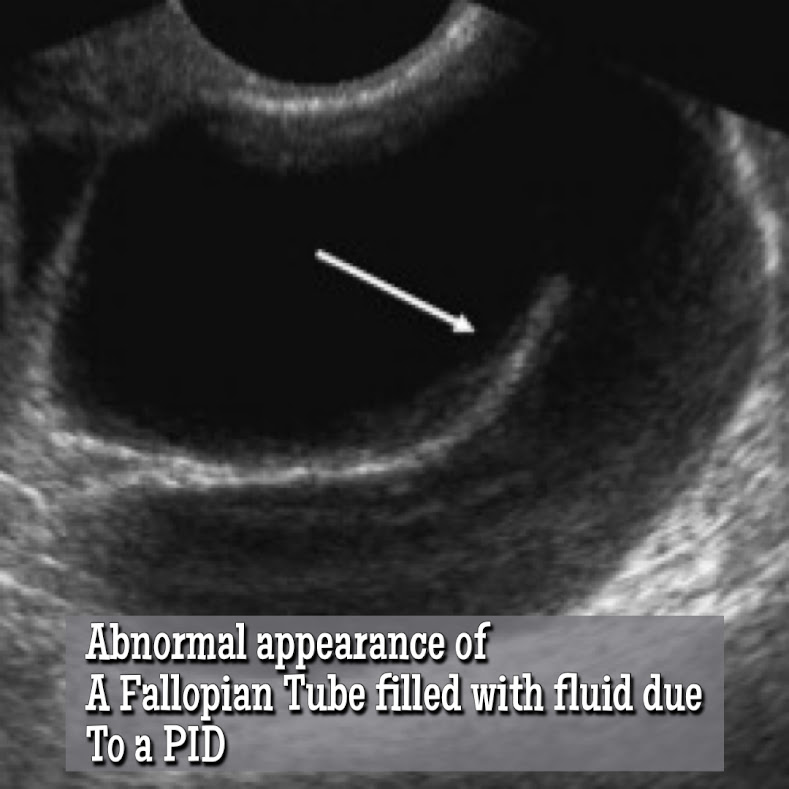Each year Pelvic Inflammatory Disease or PID affects around one in every one million women. In this article I am going to tell you everything you need to know about PID, and the effects of PID in your ability to get pregnant, and what can you do to prevent a PID. Ready? Let’s begin.
Pelvic Inflammatory Disease (PID). How PID Affects Fertility.
What is exactly Pelvic Inflammatory Disease (PID)?
Pelvic Inflammatory Disease or PID occurs when the reproductive organs of a woman get infected by bacteria. It is a common complication of sexually transmitted diseases STD’s such as chlamydia and gonorrhea. However, PID can also be caused by non-sexually transmitted infections as well.
Signs and Symptoms of Pelvic Inflammatory Disease (PID)
It is possible for women who have PID to experience minimal pain or no symptoms at all, despite the fact that substantial damage may be occurring to their internal reproductive organs. However, the following symptoms have been reported by women diagnosed with PID:
- Pelvic Pain.
- Increased in the vaginal discharge.
- Irregular menstrual bleeding.
- Fever.
- Pain during intercourse.
- Painful and frequent urination.
- Abdominal general tenderness.
- Pelvic organ tenderness.
- Cervical motion tenderness.
- Pelvic Inflammation or Bloated.
Does Pelvic Inflammatory Disease (PID) have the Potential to Cause Additional Health Issues? In other words, How PID Affects Fertility?
Scar tissue can form on the internal reproductive organs of a woman who has history of PID’s, this can result in permanent damage to the pelvic reproductive organs. It is possible for the scar tissue to completely block the fallopian tubes, which eventually results in infertility.
Also, women with history of PID’s have a higher risk to develop ectopic pregnancy, also known as a pregnancy that develops outside the uterine cavity. The cause is because the scar tissue that develops inside the fallopian tubes due to a PID does not allow the fertilized egg to reach the uterus, and therefore implants itself in the tube and begins to develop. An ectopic pregnancy is a condition that can cause severe pain and has a very high risk of internal bleeding if the fallopian tube ruptures. Therefore, it is a medical condition that needs immediate and appropriate attention.
Share this article.
What are the Factors that Lead to Pelvic Inflammatory Disease?
PID is contracted when a person has vaginal contact with a partner who is infected with either Chlamydia or Gonorrhea. The more the number of sexual partners a woman has, the higher her risk of developing PID is. PID is a common complication that can develop after an infection with chlamydia, gonorrhea, or even, in extremely unusual circumstances, bacterial vaginosis.
How is PID Diagnosed?
There is not a particular test that can diagnose PID. If you have a history of sexual activity and are having lower abdominal discomfort, the first thing your doctor will typically do is take cultures of your cervix in order to test for chlamydia and gonorrhea. The diagnosis of PID is made based on several tests. To diagnose a PID, the doctor must do laboratory tests to detect STD’s, must perform a physical exam and must do diagnostic tests such as a pelvic ultrasound.
If the diagnosis is still unclear, you may need additional tests, such as:
- Laparoscopy. During this procedure, your provider inserts a thin, lighted instrument through a small incision in your abdomen to view your pelvic organs.
- Endometrial biopsy. During this procedure, your provider inserts a thin tube into the uterus to remove a small sample of endometrial tissue. The tissue is tested for signs of infection and inflammation.
Is there a treatment for PID?
Yes, treatment is possible for PID. However, the treatment will not reverse any harm that has already been done to your reproductive system as a result of the condition. The longer you wait to get treatment for PID, the higher the risk that you will develop complications as a result of the condition.
It is possible that your symptoms will improve even before the infection is completely gone if you are taking antibiotics. You should continue to take all of your medication as prescribed, even if your condition improves. Be sure to disclose any recent partners you’ve had sexual activity with so that they may get tested for STDs and treated if necessary. It is essential that you and your partner finish your respective courses of therapy before engaging in any form of sexual activity. This will ensure that neither of you will re-infect the other.
Tips to Prevent Getting a PID.
These tips will keep you safe from developing a PID.
1. Practice Safe Sex:
As I mentioned at the beginning of this article, the cause of PID is the bacterial invasion into the female reproductive organs, therefore practicing safe sex is essential to avoid contagion with STD’s. The ideal would be to engage in a monogamous relationship of an extended duration, such as marriage to avoid having sexual relations with multiple partners. And if this is not the case, then the consistent use of condoms is essential to avoid any contagion. Remember that birth control pills do not protect against STD’s, therefore the proper use of condoms is the only thing that can partially guarantee that you will not get any disease.
2. Get Annual Checkups and Regular Exams to Detect STD’s:
It is important to see your doctor every year to perform routine exams to detect sexually transmitted diseases, especially if you have multiple sex partners. Receiving an early diagnosis and proper treatment is essential to avoid developing PID.
3. Seek Medical Attention if you are Experiencing any of the Common Symptoms:
Keep in mind that in rare cases, even bacterial vaginosis which is not an STD can cause PID as well. Therefore, when you start experiencing abnormal symptoms is always good to get checked by a professional.
Below you’ll find the most common symptoms of PID:
- Pelvic Pain.
- Increased in the vaginal discharge.
- Irregular menstrual bleeding.
- Fever.
- Pain during intercourse.
- Painful and frequent urination.
- Abdominal general tenderness.
- Pelvic organ tenderness.
- Cervical motion tenderness.
- Pelvic Inflammation or Bloated.
4. Avoid the Use of Vaginal Douches:
The vaginal bacterial flora is in a delicate balance; this flora is what helps you fight bacteria. With the use of vaginal douches, this flora can be disrupted, thus causing you not to have the defenses that your body needs to defend itself in the event that a germ enters the vagina. Discontinuing douching is a simple measure you can take to avoid developing PID due to bacterial vaginosis or any other vaginal infections.
Other articles you might like to read:
Pelvic pain in women. Role of ultrasound diagnosing pelvic pain.
Tips for a healthy pregnancy. Pregnancy guidelines.
Everything About Yeast Infection.
Final thoughts about Pelvic Inflammatory Disease (PID). How PID Affects Fertility.
Women who do not receive treatment for sexually transmitted infections (STDs) run the risk of developing pelvic inflammatory disease (PID). Having trouble conceiving is experienced by one in eight women who have a history of PID. If you are aware of how to keep yourself safe, you can avoid getting PID. I hope this article was able to answer some of the most basic questions you might have about PID. Feel free to share your thoughts below.
Zadi, xo
Disclaimer: The medical information on this post is for educational and entertainment use only. Under no circumstances, this information is to replace your doctor’s advice or to treat any disease. For proper care, always visit your doctor.











